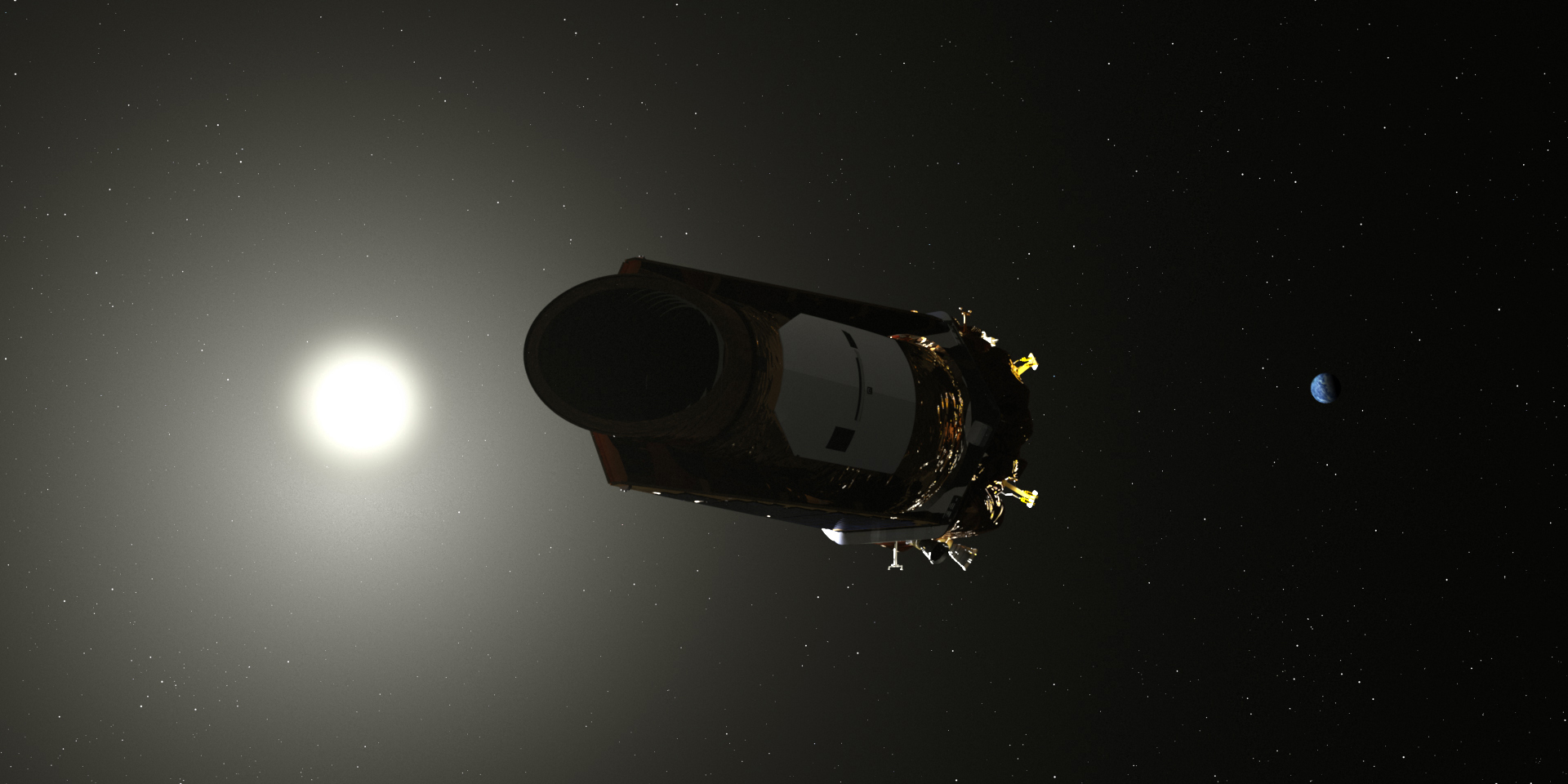When the Kepler Telescope was launched back in 2009, it was regarded as an engineering marvel and it was equipped with what was at the time, the largest digital camera fit for outer space observations.
The spacecraft faced many obstacles – its steering system malfunctioned and other issues kept peaking their head time and again, with its engineers back on Earth devising ingenious ways to keep Kepler alive for a while longer, ever time.
Kepler was only supposed to stay in space for four years but managed to hit a record of 9. In all this time it discovered roughly around 2,700 exoplanets in distant star systems and all the data it has sent out so far will continue to be subject to investigation by scientists for years to come.
“When we started conceiving this mission 35 years ago we didn’t know of a single planet outside our solar system. Now that we know planets are everywhere, Kepler has set us on a new course that’s full of promise for future generations to explore our galaxy.”
– William Borucki, NASA (now former) Kepler Mission Principal Investigator
The telescope was filled with fuel up to the brim when it launched but now, after almost a decade, it has been running on fumes in the last few months and, according to Space.com, the Kepler mission personnel stated that its reserves have been depleted since two weeks ago. They have been pushing the spacecraft as far as they could regardless and Kepler continued to transmit its precious data through it all.
NASA’s Ames Research Center / YouTube
NASA is now saying farewell to Kepler for good this time as the Transition Exoplanet Survey Satellite, affectionately known as TESS, who was launched in April, will be taking its place. TESS will be continuing Kepler’s legacy and will continue to build on the foundation it has left behind with new batches of data as it too, peers into deep space for exoplanets. Its research will aid NASA search for signs of life in future missions.
Goodbye Kepler, and thank you for helping us better understand the cosmos and for sometimes reminding us with just one photograph how small and insignificant we actually are.
Read More:
✍️NASA’s TESS Satellite Is Officially on the Prowl for Planets✍️
✍️Planet-Hunter TESS Shares First Image Captured Since Launch✍️
Follow TechTheLead on Google News to get the news first.





















